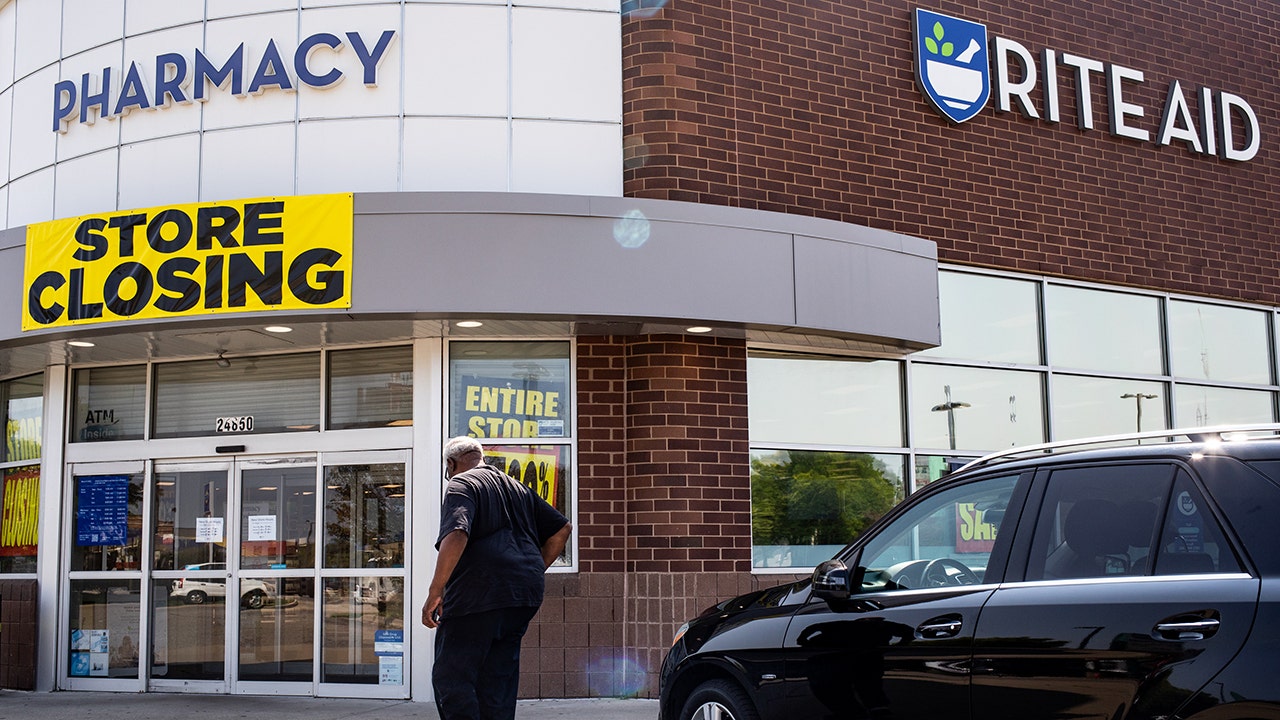Rite Aid, once a staple of American neighborhoods, has officially shuttered all its stores nationwide following its second bankruptcy filing in less than two years. The closure marks the end of an era for the 60-year-old pharmacy chain and leaves millions of customers scrambling to find new options for their prescriptions and health needs.
A Sudden End for a Familiar Brand
For decades,
Rite Aid was a go-to destination for everything from prescriptions to snacks. But after years of financial struggles, mounting debt, and fierce competition from giants like CVS and Walgreens, the company filed for bankruptcy again in May 2025. This second filing proved fatal: by early October, all remaining stores had closed their doors for good.
The closures have sent shockwaves through communities, especially in areas where Rite Aid was the only nearby pharmacy. Customers are now being forced to transfer their prescriptions, often with little notice, creating confusion and concern about access to essential medications.
What Led to Rite Aid’s Collapse?
Rite Aid’s downfall didn’t happen overnight. The company had already filed for bankruptcy in October 2023, closing hundreds of stores and attempting to restructure its debt. Despite emerging from Chapter 11 as a smaller, private company with about 1,300 stores (down from 2,100), the chain couldn’t overcome its financial woes.
Key factors in Rite Aid’s demise include:
-
Massive debt load: Even after eliminating
$2 billion in debt and securing
$2.5 billion in exit financing, the company couldn’t regain stability.
-
Legal troubles: Ongoing lawsuits related to opioid prescriptions added to the financial strain.
-
Industry headwinds: The entire pharmacy sector is under pressure from shrinking reimbursements, rising costs, and increased competition from online and big-box retailers.
Fallout for Patients and Communities
The abrupt closures have left many patients in limbo. Health officials in states like California have issued urgent guidance to prescribers and pharmacists, urging them to work together to ensure patients don’t lose access to critical medications during the transition.
-
Prescription transfers: Patients are being advised to quickly identify new pharmacies and work with their doctors to transfer prescriptions.
-
Healthcare disruption: The closures are particularly hard on rural and underserved communities, where Rite Aid was often the only pharmacy for miles.
What’s Next for the Pharmacy Industry?
Rite Aid’s collapse is a stark warning for the broader pharmacy sector. Industry experts say the crisis facing community pharmacies is far from over, with many independents and smaller chains also struggling to survive.
Some key takeaways:
-
Consolidation will continue: Expect more mergers, acquisitions, and closures as the industry tries to adapt.
-
Patient care at risk: Disruptions like this highlight the need for better systems to ensure continuity of care when pharmacies close.
-
Policy changes needed: Regulators are considering changes to pharmacy laws to help prevent similar crises in the future.
The End of an Era
For millions of Americans, Rite Aid was more than just a store—it was a neighborhood fixture. Its sudden disappearance is a reminder of how quickly even the most familiar brands can vanish in today’s turbulent retail landscape.
As the dust settles, patients, healthcare providers, and policymakers alike are left grappling with the fallout—and searching for solutions to keep America’s pharmacies open and accessible.
Sources
1. Rite Aid shutters all stores amid bankruptcy
2. Rite Aid 'Marks a New Beginning' as Private Company with ...
3. Rite Aid closes all stores nationwide - YouTube
4. News | Medical Board of California - CA.gov
5. Community pharmacies are in crisis. Three things need to change
